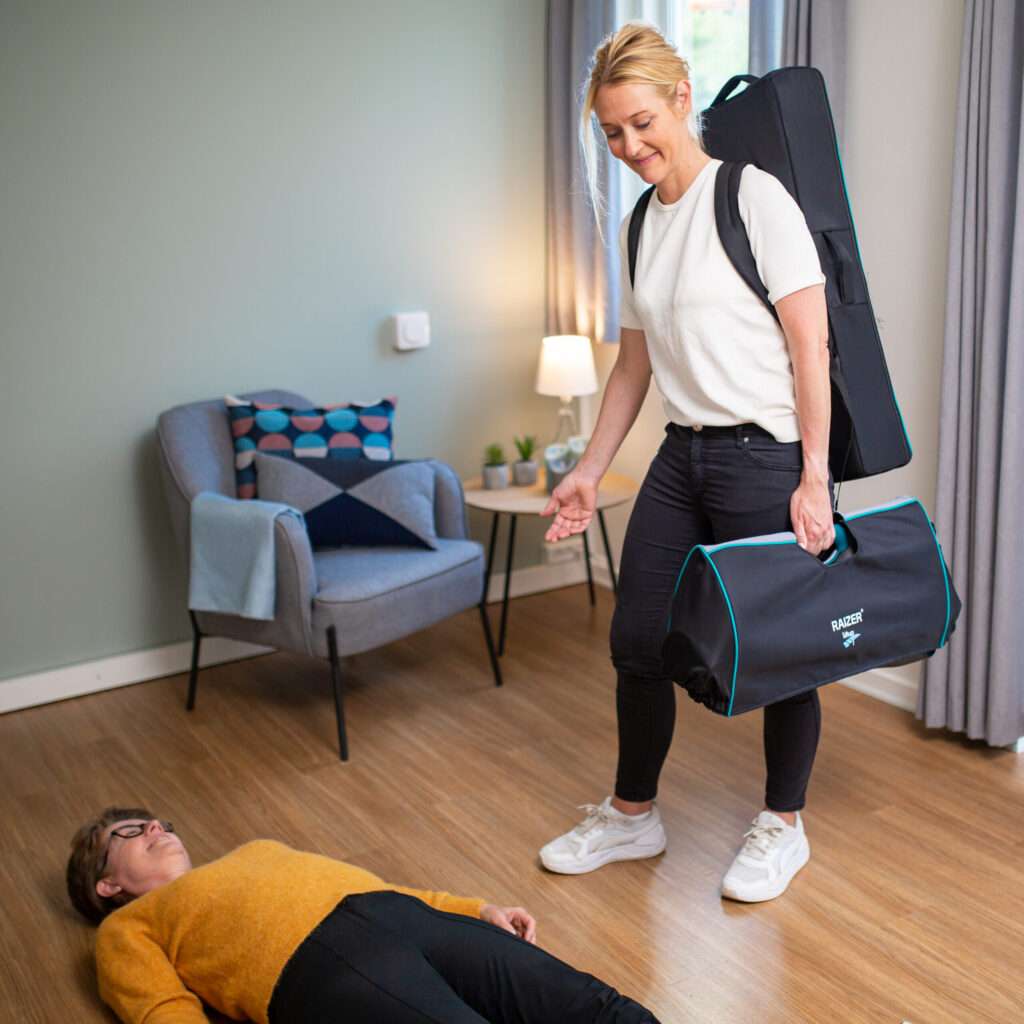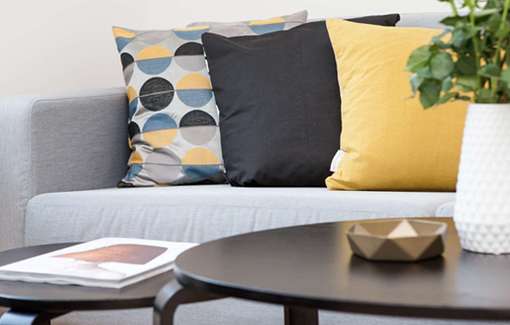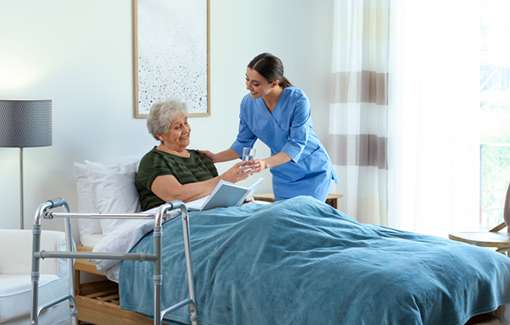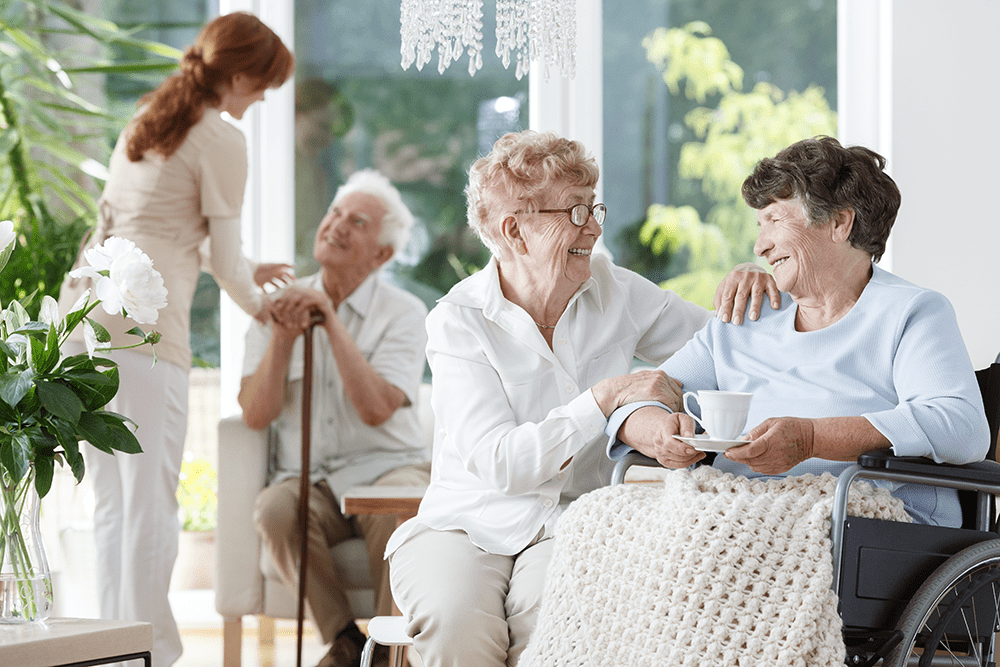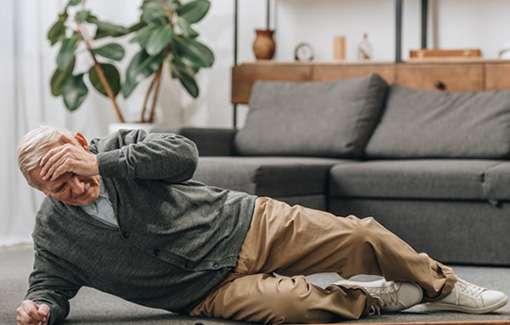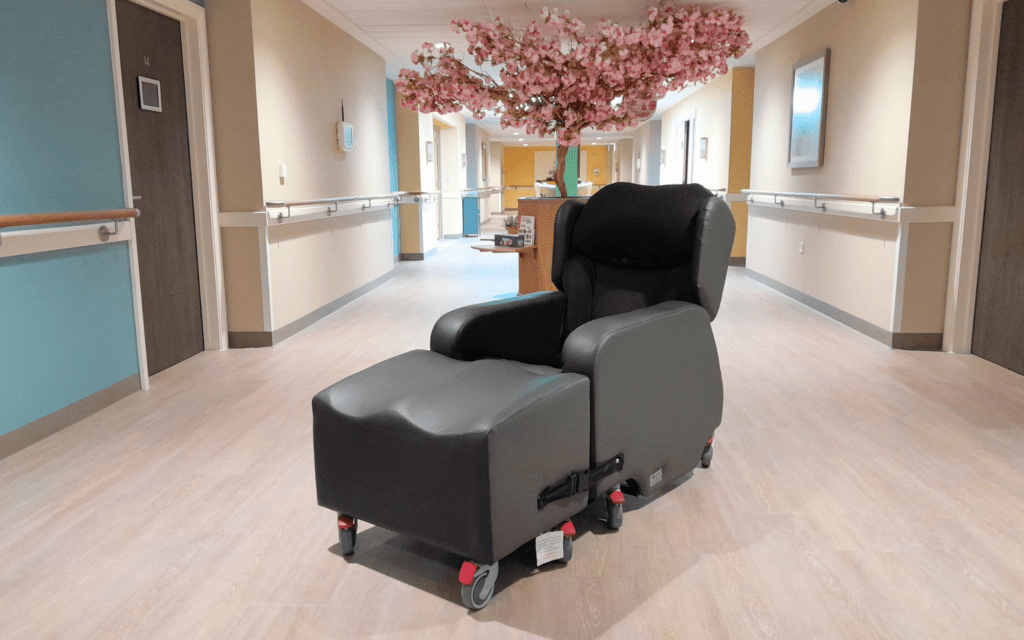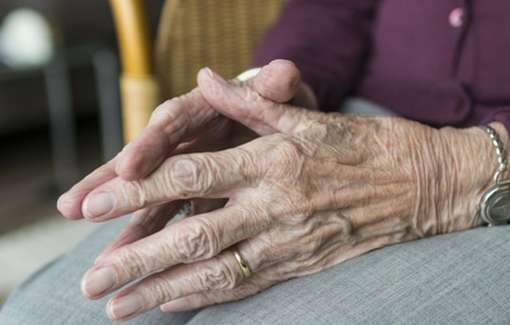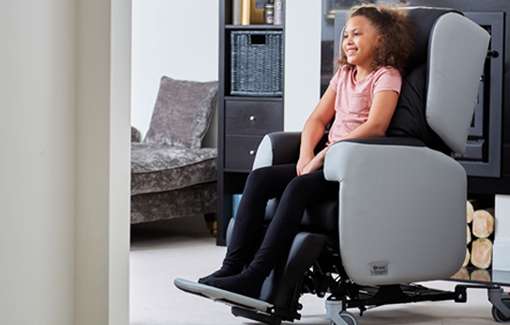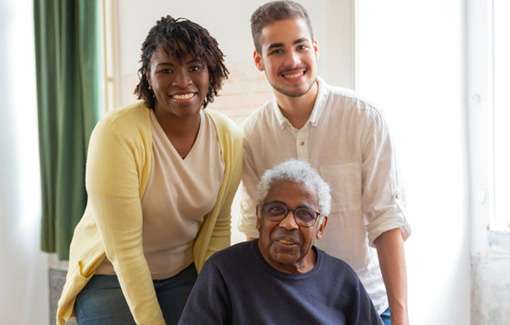We hear about no lift policies quite a bit when we visit different sheltered housing, extra care facilities, and nursing homes. But what is a no lift policy?
We want to take a look at no lift policies and assess whether or not they’re actually worth it. Let’s take a look.
What is a no lift policy?
A ‘No Lift Policy’ exists to stop carers from attempting manual handling that could cause harm to either a carer or the fallen patient.
In theory, this type of policy protects staff and patients, but in reality is not very practical.
Consider an uninjured faller in a care home who is unable to get back to their feet, a ‘No Lift Policy’ here would prohibit a carer from lifting them up and would instead recommend that they wait for an ambulance.
A no lift policy can lead to the fallen patient spending hours on the floor waiting for an ambulance, increasing the likelihood of a ‘long lie’ event which can have adverse impacts on a person’s health.
What is a Long Lie?
In the UK, ‘Long Lie’ is determined as when a person has fallen and is unable to get up off the floor for an hour or more after.
What are the Negative Impacts of a Long Lie?
A ‘long lie’ can have a range of adverse health consequences for a person, including but not limited to:
- Pressure sores/ulcer development (can be made worse by incontinence)
- Psychological and emotional distress
- Hypothermia
- Pneumonia
- Dehydration
- Acute kidney failure

Ambulance response times for Category 3 (falls response) have risen steadily in recent years.
For example, if a care home patient falls over and a carer is not permitted to lift them up — should they wait for ambulance to come and get them back on their feet? The fallen patient could be left hours because non-injured fallers are not a priority for the paramedics.
Whilst no lift policies safeguard all parties in certain situations, they’re not entirely practical.
What do Ambulance Services Say About a NLP?
Ambulance services go out of their way to make it clear that it is NOT the role of ambulances and first responders to assist in lifting uninjured fallers from the floor and returning them to a bed/chair.
South Central Ambulance Service
In their ‘Minimal Lifting Policy’, South Central Ambulance Service (SCAS) state that:
- Care Homes CANNOT have or quote a ‘no lift’ policy.
- They should instead have ‘minimal lifting’ policy which sets out safe systems of work for moving & handling.
The same SCAS guidance tells its staff that:
- Ambulance crews should report care homes that quote ‘No lift’ policies or refuse to assist with moving and handling non-injury patients to locality Demand Practitioner
- They will work in partnership to assist them in the development of an appropriate policy to support their residents and safe systems of work.
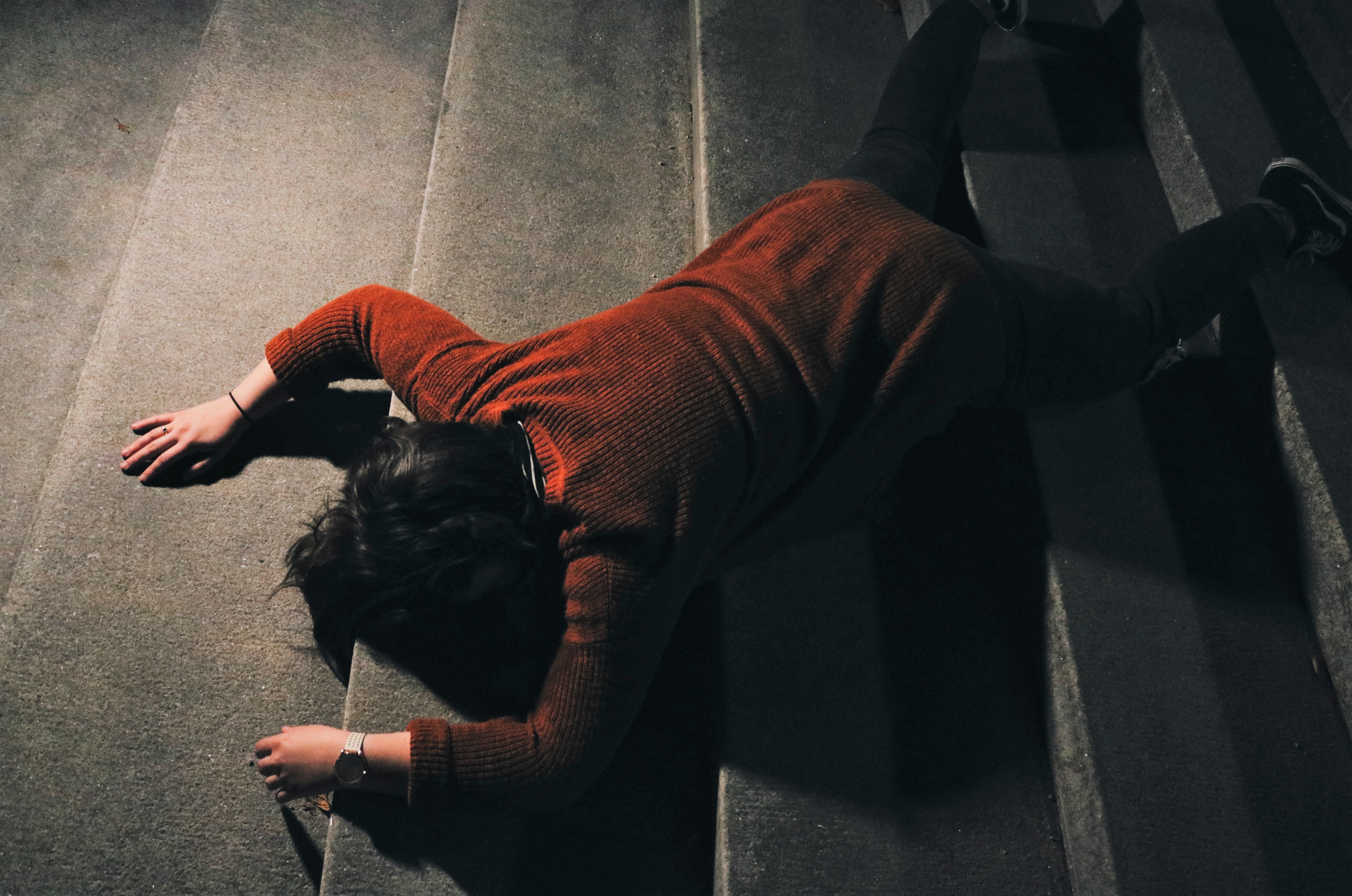
1 in 5 people are left on the floor for over an hour when an ambulance is called.
How much time does it take to get a pressure ulcer?
A pressure ulcer/sore can develop “in subdermal tissues under bony prominences very likely occur between the first hour and 4 to 6 hours after sustained pressure is placed on the skin.”
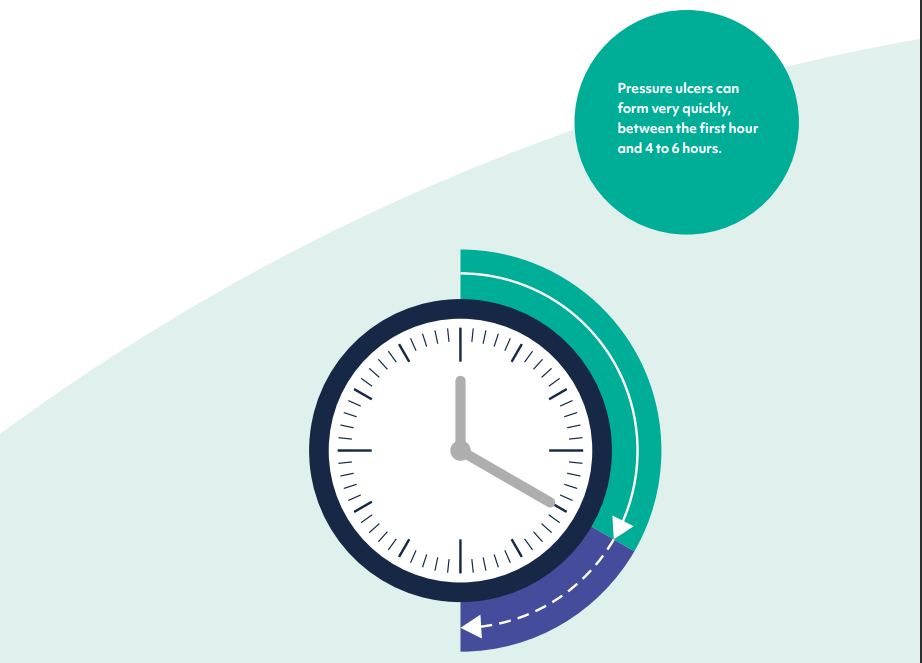
Pressure can build on parts of the body that are in contact with the chair surface quickly.
An alternative to no lift policies
Of all patients admitted to hospital after a fall, 20% of them will have been on the floor for over an hour. That’s 1 in 5 people who are left on the floor; this is uncomfortable and it is undignified.
Too often care homes lack the correct equipment/staff/training needed rapidly lift fallen residents from the floor and prevent a long lie.
Care homes usually find themselves waiting for an ambulance and wait for them to come or using cumbersome equipment like a standing hoist or inflatable lifting cushions.
But not only do carers and fallen residents face a long wait, the care home runs the risk of being reported to the CQC if there have been multiple ambulance call-outs to your care home. You could consider it a bit of a Catch-22 situation.
So the alternative is to allow carers to lift patients when they’re stuck on the floor, but only when the risk of causing injury has been minimised and it is safe.
Not only will this help to reduce ambulance call-outs and save time for already busy paramedics, but it will also create a better quality of life for your clients and it will save time for your carers.
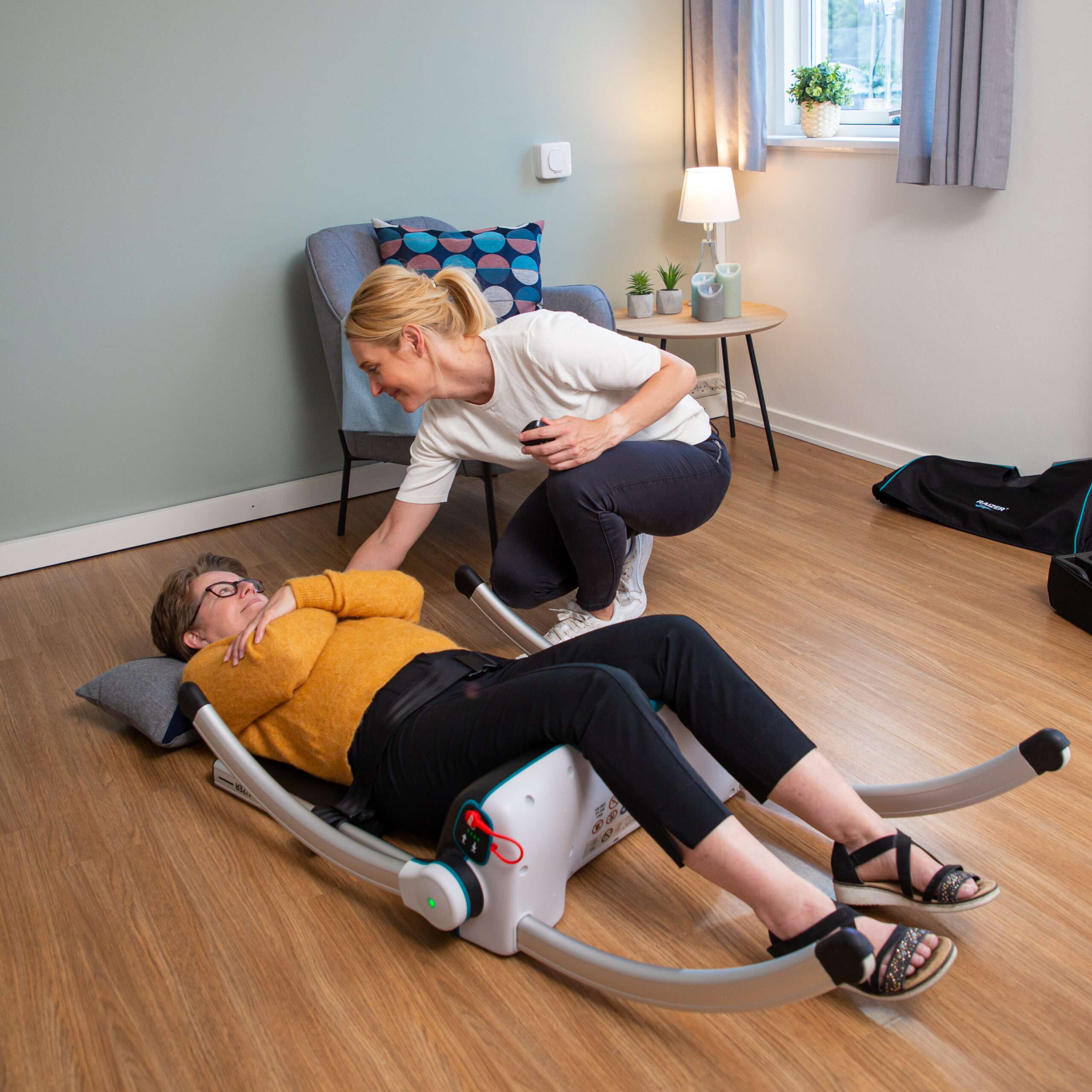
The electric Raizer 2 lifting chair only needs one carer to use & is controlled by a remote, removing all manual handling.
Recommended falls lifting equipment
With falls being such a major issue in care homes, getting the right equipment that will minimise the chances of any injuries for both the client and their carer is imperative.
The Raizer emergency lifting chair is ideal for care homes. It can be moved around in two easy-to-carry bags and will help carers get someone off the floor in no time at all.
Patient Hoist Alternative
To make it even easier, the Raizer only needs one person to put it together and make it work which will save time for your staff. Other lifting devices require two carers, but the Raizer saves time and money.
Including the Raizer in your lifting policy will help you to maintain a good quality of life for the client without putting your staff at risk of getting injured.
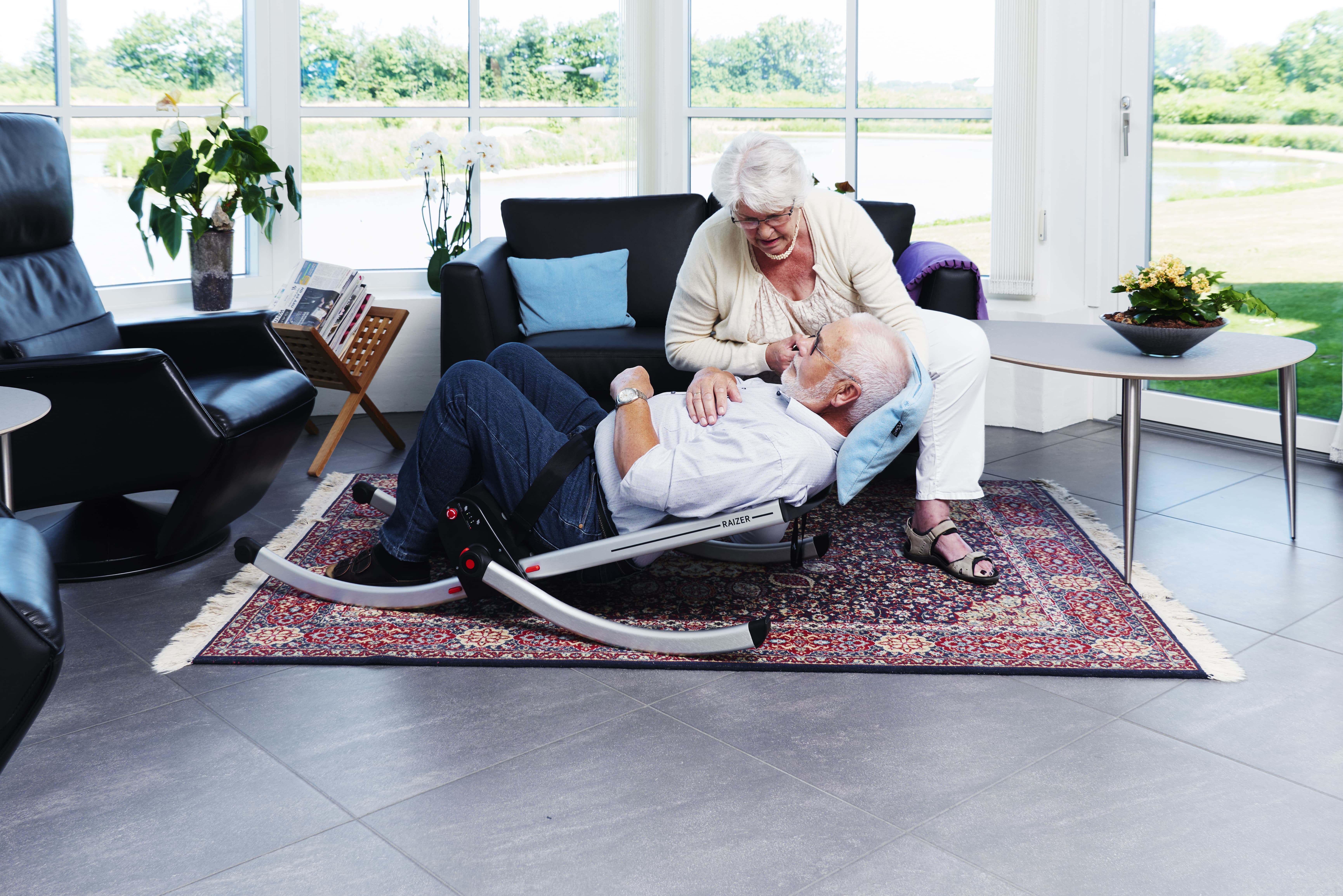
The Raizer will help you lift people back up off the floor when they have fallen. It’s very quick and easy to use, and most importantly, it’s safe and secure for the person.
Summary
No lift policies are set up for a reason, but they’re not always applicable when your main aim to care for people. Using the right lifting equipment will help you to carry out any necessary lifts in a safe and secure way without having to worry about ambulance call-outs.
Arrange a Demo for your Team





